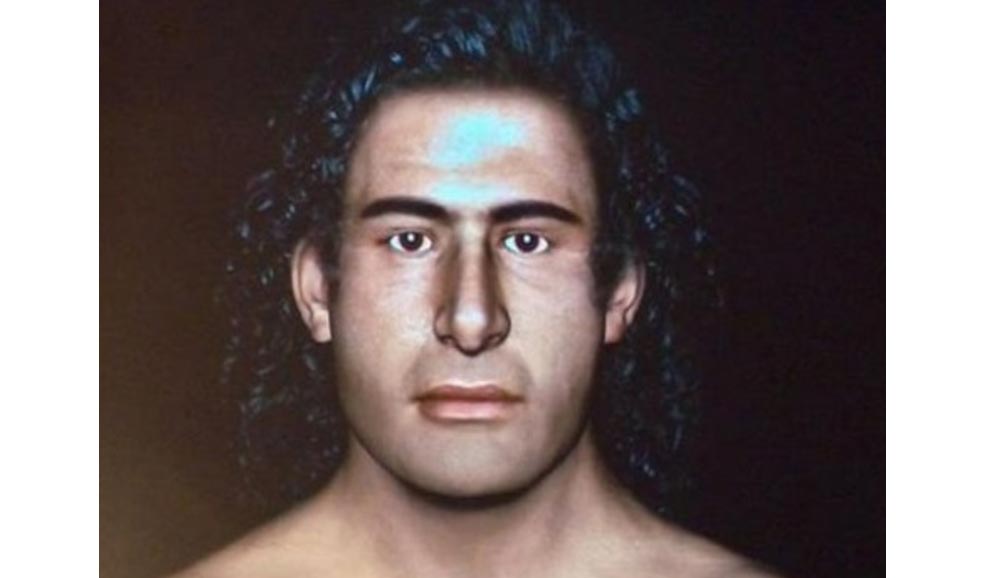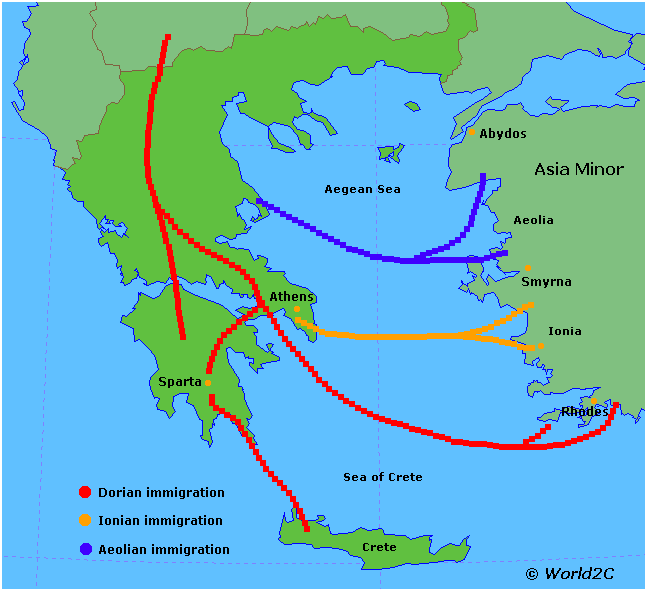Angela
Elite member
- Messages
- 21,823
- Reaction score
- 12,329
- Points
- 113
- Ethnic group
- Italian
One analogy might be the Goths in Italy. They weren't large enough as a group, imo, for them to have much impact on the genetics, but they had even less impact on the culture. Instead, they adopted not only the culture of the inhabitants in many areas, but even adopted their language, eventually discarding their own Germanic one. The Lombards probably had more effect, but even they dropped their language.
This is a very recent review of the Gothic presence in Italy. I don't present it to de-rail the discussion into a discussion of Italy, but as an example of the kind of processes which are possible when a numerically and culturally "simpler" group invades a long settled and advanced culture:
https://www.academia.edu/25092699/Goths_and_Gothic_Identity_in_the_Ostrogothic_Kingdom
"Even those who hold that Goths lived largely among each other in regionalclusters, monopolized the military, and maintained their own cultural andpolitical identity still recognize that Gothic and Roman societies were in theprocess of merging in Italy. The mixed marriages of Brandila and Proculaand Patza and Regina have already been mentioned.������������ Various inscriptions andpapyri also attest to other unions between partners with barbarian and Romannames.������������ Certain individuals seem to have been known by both Roman andGothic names, and there are instances of parents with Gothic names givingtheir children Roman ones.������������ Classical learning was adopted by some of theGothic elite. Gothic geographers are attested in the
Ravenna Cosmography
.������������Theoderic’s nephew Theodahad was versed in Latin literature, Platonic phi-losophy, and ecclesiastical writings, and the king’s daughter Amalasuentha was ������������uent in Greek, Latin, and Gothic, and sought to provide her son Athalaric with a similar Roman education.������������ "
People have to stop expecting every migration to be like that of Corded Ware to northern Europe.
This is a very recent review of the Gothic presence in Italy. I don't present it to de-rail the discussion into a discussion of Italy, but as an example of the kind of processes which are possible when a numerically and culturally "simpler" group invades a long settled and advanced culture:
https://www.academia.edu/25092699/Goths_and_Gothic_Identity_in_the_Ostrogothic_Kingdom
"Even those who hold that Goths lived largely among each other in regionalclusters, monopolized the military, and maintained their own cultural andpolitical identity still recognize that Gothic and Roman societies were in theprocess of merging in Italy. The mixed marriages of Brandila and Proculaand Patza and Regina have already been mentioned.������������ Various inscriptions andpapyri also attest to other unions between partners with barbarian and Romannames.������������ Certain individuals seem to have been known by both Roman andGothic names, and there are instances of parents with Gothic names givingtheir children Roman ones.������������ Classical learning was adopted by some of theGothic elite. Gothic geographers are attested in the
Ravenna Cosmography
.������������Theoderic’s nephew Theodahad was versed in Latin literature, Platonic phi-losophy, and ecclesiastical writings, and the king’s daughter Amalasuentha was ������������uent in Greek, Latin, and Gothic, and sought to provide her son Athalaric with a similar Roman education.������������ "
People have to stop expecting every migration to be like that of Corded Ware to northern Europe.








